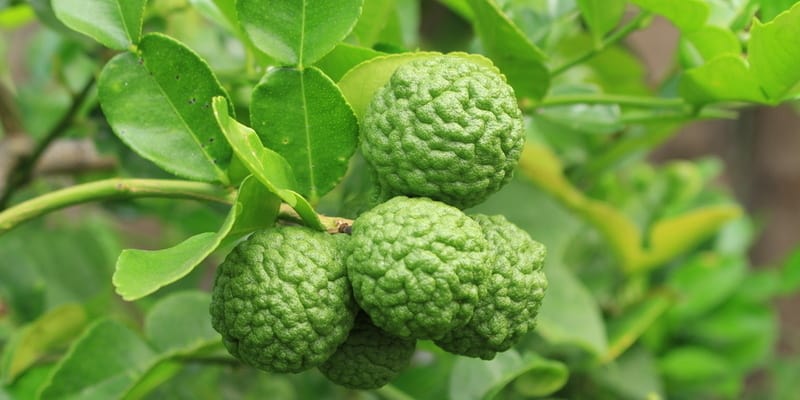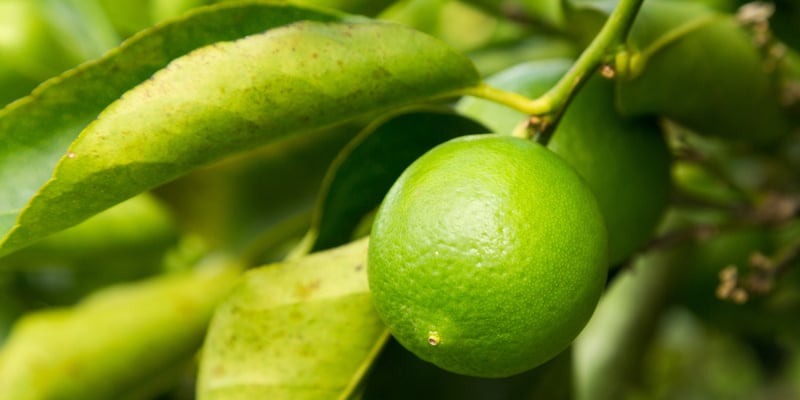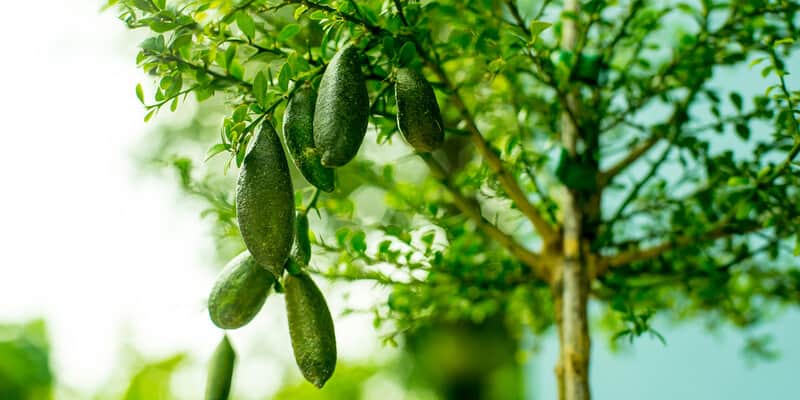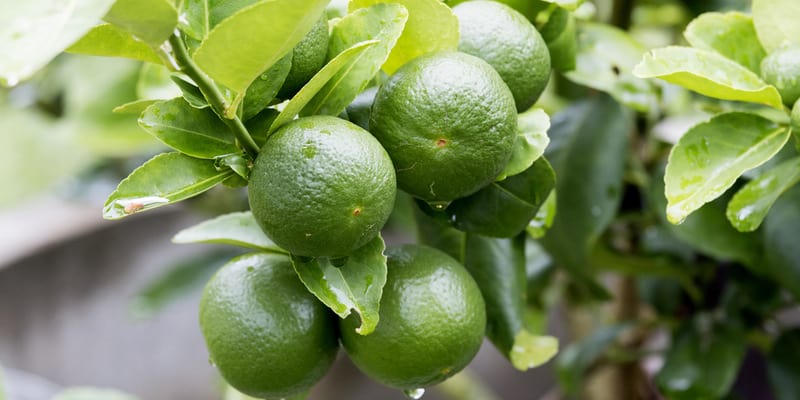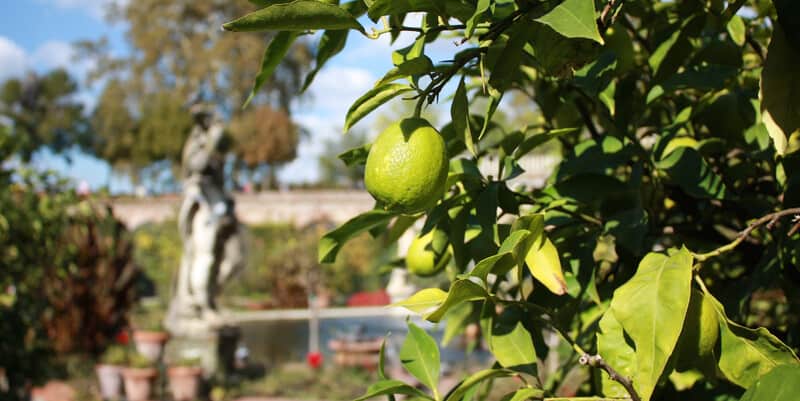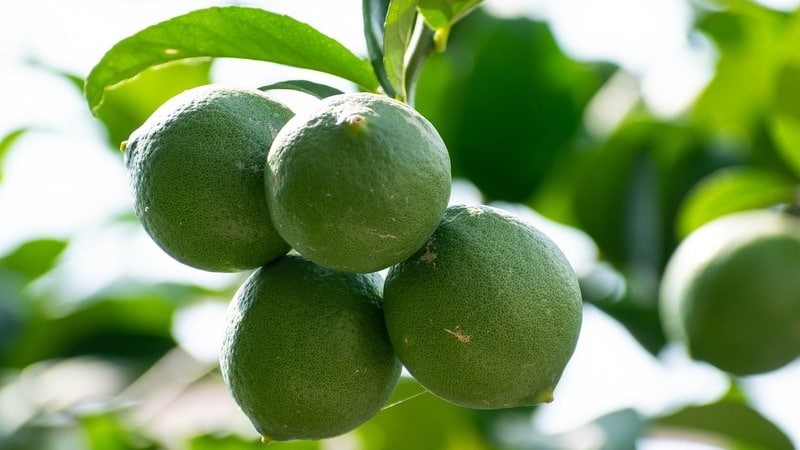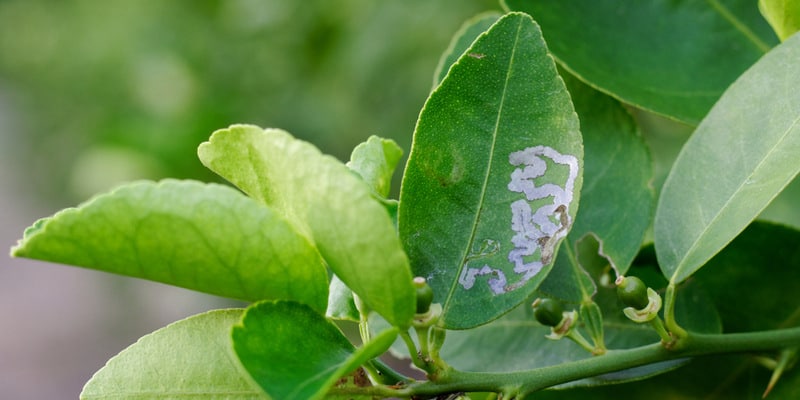While our love for lemons will never wane, we can’t help but get psyched over the neverending list of recipes we can do with limes. Go gaga over guacamole, crazy over curry, and mad over margaritas – it’s time to amp up your cooking and gardening with our newest citrus obsession!
Whether you’re growing a lime tree for the fruit or for ornamental purposes, having this greener than green plant in your garden will take your home to the next level.
Understated no more, the only place this citrus tree belongs is in the limelight!
Information about lime trees
Let’s get to know limes better.
Lime trees are citrus trees that bear fragrant flowers and round, green fruit that goes by the same name. The fruit has a tart, acidic taste and is widely used in Mexican, Vietnamese, and Thai cooking. Tahitian limes and kaffir limes are among the most popular varieties of lime trees in Australia. A typical lime tree can grow between 4 to 6 metres. If you’re looking to plant your tree in a pot, the Splitzer and dwarf lime trees are good options for you.
Types of lime trees
There are at least 20 types of lime trees, but the most popular in Australia are the kaffir lime tree, Tahitian lime tree, finger lime tree, and the West Indian lime tree. There’s also a fifth variety, a hybrid called the Splitzer, which combines the Tahitian lime and kaffir lime varieties in one plant.
Kaffir lime tree
Kaffir lime trees produce rough, pith-filled fruit and long peanut-shaped leaves. These lime leaves are sought for their taste and are especially fragrant when added to Thai curries. You may have come across the kaffir lime tree’s less popular name, the Makrut lime. You’ll find this variety growing in the tropics, specifically Southeast Asia.
Tahitian lime tree
The Tahitian lime is one of the most popular limes around. It has seedless fruits and thornless branches, which makes it a crowd favourite among garden owners. Fruit-bearing season for Tahitian lime trees is from mid-autumn to mid-winter.
Finger lime tree
This native plant of Australia is quite different from other lime trees you’re more familiar with. A species of the Australian lime tree, finger lime trees have smaller than usual leaves and thorny branches, but the peculiarity doesn’t stop there.
As its name suggests, the finger lime tree got its name from its elongated finger-shaped fruit. Don’t be startled when you open a finger lime and caviar-like pearls come out. While the un-lime-like pulp may take some getting used to, Australian chefs and food connoisseurs are discovering how to bring this lime variety to the forefront with finger lime cocktails, jams, and dressings.
West Indian lime tree
West Indian limes are good for cooking because of their aromatic juice and thin skin. You may know the West Indian lime by its other name, the key lime. This lime is prized for its flavour and low acidity, and is used to make the Florida Keys’ famous key lime pie.
Splitzer lime tree
The Splitzer lime tree is a good citrus plant for homes with small yards. With Tahitian lime on one side and Kaffir lime on the other, this plant has the best of both worlds. You get good, quality fruit and aromatic foliage for the price of one. Size is not a problem, either. The Splitzer lime trees can thrive well in a pot or in a plot in your garden.
How to grow a lime tree
Much like their cousin, the lemon tree, lime trees are some of the fastest growing citrus trees around. You can grow lime trees from seed, which is fairly easy, but people find it more convenient to purchase a young plant from a nursery and transfer it to their garden.
Limes love the sun and soil that has excellent drainage. Water and fertilise well to ensure good growth and fruit production for your citrus plants.
Excited to start planting? Just follow along with the best tips on growing a lime tree, and you’ll be harvesting limes before you know it.
Step 1: Choose a sunny location.
Whether you’ll place your lime tree in a planting hole or container, it’s important that the chosen location for your tree has plenty of sun. Lime trees need sunlight for photosynthesis and proper fruit development.
Step 2: Dig the planting hole.
Dig a hole in the soil that’s twice as wide as your lime tree’s root ball. Using the root ball as a guide, make a depth of the same level. Use a good quality potting mix to help boost your plant’s growth.
Step. 3: Plant the lime tree in the hole.
Gently tease out your citrus plant from its container while checking the roots. Cut any tangled roots before lowering your lime tree into the hole. Transfer your plant carefully from the container into the soil.
When it comes to lime trees, using well-drained soil can’t be overemphasised. Proper drainage ensures that the roots of your lime tree aren’t submerged in standing water.
Step 4: Cover with soil.
When you’re done planting your lime tree, backfill the hole with soil, then press down firmly. While lime trees need soil with good drainage, they deteriorate when there are air pockets in the plot. This can eventually lead to your citrus plant weakening and then dying. Once you have ensured your lime tree is covered with compact soil, water it well.
Step 5: Mulch the surrounding soil.
Mulching helps with regulating the soil temperature, especially during warmer months. Mulch the surrounding soil with sugarcane or pea straw, taking care not to mulch too near the tree trunk in order to avoid rot.
Growing a dwarf lime tree in a pot
The height of a dwarf lime tree ranges between 182cm to 304cm when planted on the ground. They grow much smaller when planted in a container. This makes dwarf lime trees an ideal plant for pots and small spaces.
How to prune a lime tree
While pruning isn’t mandatory in boosting fruit production, it still has its benefits. Pruning citrus trees allows air and sunlight to enter into shaded areas of the plant. It also guides the size and shape of your lime tree, especially if your plant is in a container or small space.
The best time to prune your lime tree is before blooming. This is usually from early spring through late summer.
When pruning a citrus tree, gardening experts recommend using sharp shears and making clean cuts in order to prevent causing stress to your plant.
Lime tree care tips
The best way to care for your lime tree is to regularly water well for the first months that it is settling in its new container or plot. Boost your plant’s development with a thrice-a-year feeding during spring, summer, and autumn. Citrus plants love nitrogen-rich fertilisers, and your lime tree is no exception.
Give your trees plenty of sunlight, well-drained soil, good air circulation, and a warm environment and they will bear plenty of fruit for you.
Lime tree diseases
Lime trees are susceptible to disease and pest infestation. These are the most common issues you’ll encounter as a lime tree grower:
1. Leaf curl
Curling citrus leaves is a common problem among citrus plants. It can be caused by a lot of factors, with drought stress as the easiest to remedy. Watering well or spraying with neem oil can prevent your lime leaves from curling.
2. Yellowing leaves
Yellowing leaves can signal that your lime tree needs nutrients and warmth. Boost your plant’s health by fertilising it with citrus food, sulphur and iron chelates.
3. Pests
Examples of citrus-loving pests are citrus leaf miners, sooty mould, aphids, and scale insects. These pests can suck the sap of your trees and cause them to weaken. Spraying with insecticide is a good way to keep them off of your plant.
Maintaining citrus plants
When well taken care of, your lime trees will reward you with juicy limes you’ll love to spritz on any food or beverage. With the tips you’ve learned here, you’ll be able to properly care for your lime trees. Lime trees are always a welcome addition to any home, with their beautiful green foliage, fragrant flowers, and versatile fruits.
If you have qualms about how to prune fruit trees or deal with citrus tree pests, we recommend getting in touch with a professional gardener. They’ll gladly assist if you’re not feeling too confident about caring for a lime tree on your own. With their help, your beloved citrus plant will grow healthy and lush. The best part? No more running out of juicy lime wedges for Margarita Mondays and Taco Tuesdays, that’s for sure.


